There are dozens of hotels to choose from in most major cities around the world — from basic “bed and breakfast” style accommodations to exclusive, top-tier luxury properties. Frequent travellers may recognize and trust brands, but there are many subtle and not so subtle differences in accommodations.
For the vast majority of individuals, it is relatively easy to understand the difference between a roadside motel and a Ritz-Carlton. However, the cacophony of brands and “too-good-to-be-true” marketing makes it hard to render less obvious decisions.
Let’s have a look at some of the key factors at play when choosing hotels in major cities.
A Division of Hotel Tiers
Generally, hotels fall into four categories:
- Budget-friendly, for example, Courtyard, Hampton Inn, Moxy, Tru by Hilton, or Aloft.
- Mid-tier, such as Marriott, Hilton, Hyatt Regency.
- Affordable luxury. JW, Conrad, W, and some Autograph or Curio Collection properties belong here.
- Top-tier luxury. The crème de la crème, represented by Ritz-Carlton, Fairmont, Rosewood, St-Regis, Mandarin Oriental, or Peninsula.
Most brands within a tier tend to be roughly equal to each other. While each hotel has its own touch, especially as you go higher up the ladder, the amenities, rooms, service, and dining options have a certain standard (or the lack thereof).
When choosing a hotel, the first concern is budget. No matter how good a Ritz-Carlton is, the $500 prince tag is not worth it if you cannot afford it.
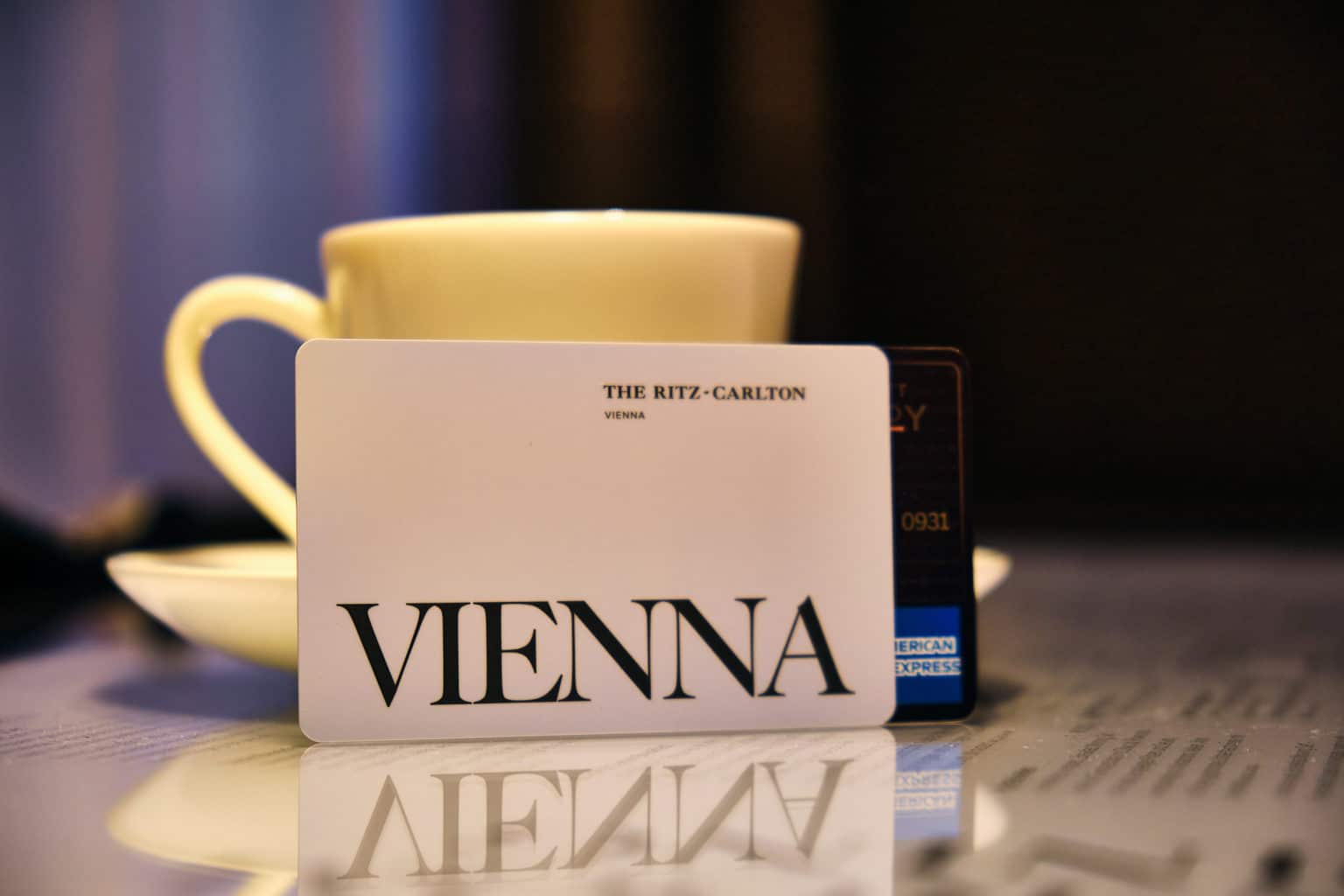
Money aside, here are some practical differences from tier to tier.
Going with Budget-Friendly?
Entry-level hotels are relatively cheap options to rest your head. They can be plain and boring, like Courtyard, or loud and screaming, like Moxy.
Rooms in entry-level hotels tend to be pretty small. Sometimes, they’re obscenely small, such as the ones at Moxy Vienna Airport. Having elite status helps, as the hotel usually proactively upgrades loyal guests to bigger rooms or suites. The suites themselves are not much to write home about if there are any at all.

The furniture is basic. There is a comfortable bed, a desk, a cheap office chair, and maybe a sofa or an armchair. When it comes to electronics, there is always a flat-screen TV, sometimes a fridge, and rarely a microwave.
Bathrooms have a standing shower arrangement or a small apartment-sized bathtub with a shower head. Amenities are served from a dispenser, and individually packed toiletries are rare. If you’re lucky, you’ll have a curved shower bar to stop the curtain from flapping at you during your shower.
Service can be no-frills and friendly, or it can be very transactional. In any case, requesting an early check-in, late checkout, and luggage hold should not be a problem. Some properties may have water and snacks available for guests.
As for dining, there is usually no restaurant on-site, room service, and minibar. There may be a buffet breakfast, which is complimentary for elite members, or it may be included with your stay anyway.
The quality of breakfast can vary significantly, sometimes leaving much to be desired (Hampton Inn Vancouver Airport and Tru by Hilton Yarmouth, I’m looking at you) and other times being surprisingly good.
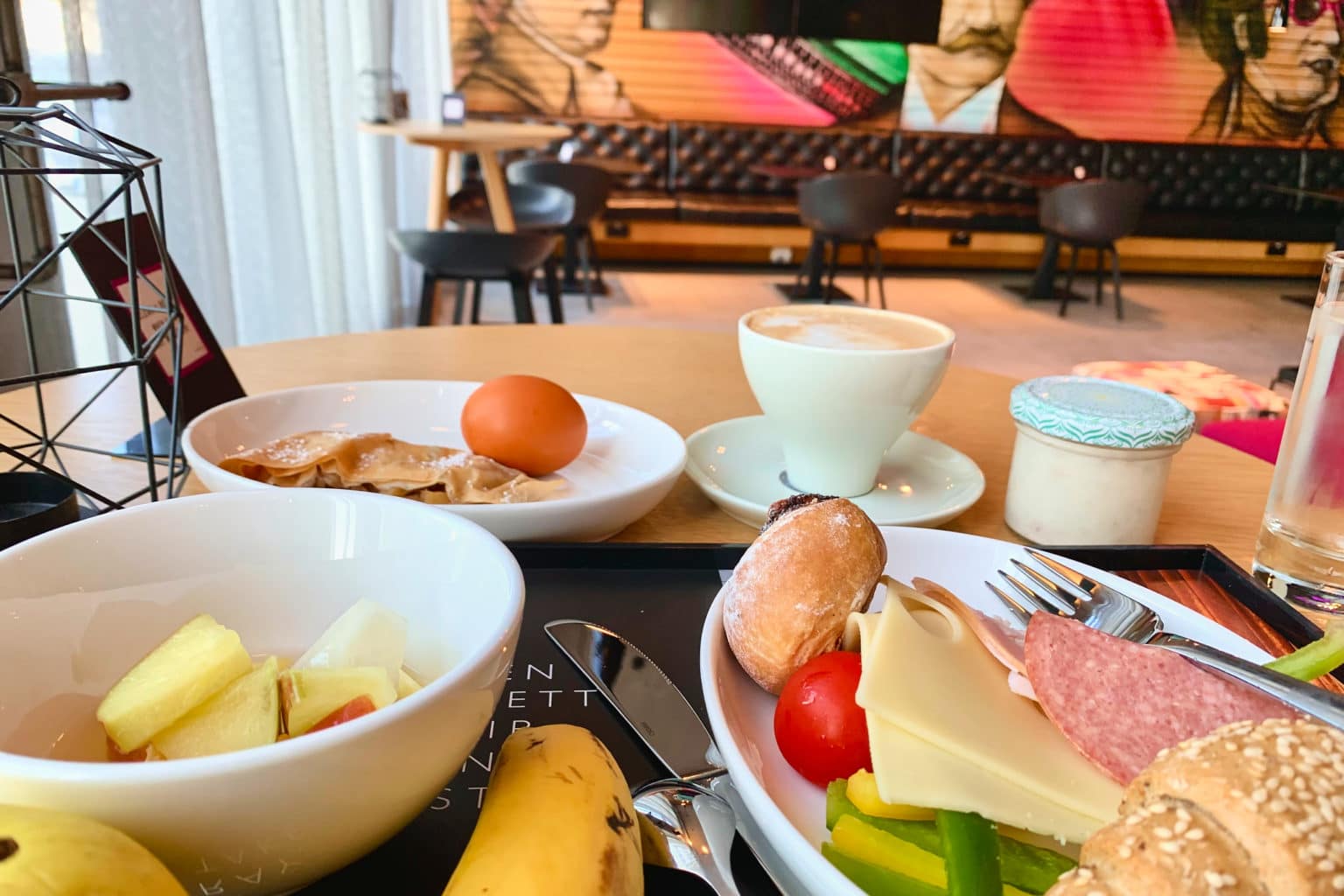
Lastly, consider the “nice-to-have” amenities. There may be an on-site gym featuring cardio equipment and some basic weight training machines. In rare cases, the hotel may have a pool or a hot tub, such as at the Hampton Inn Vancouver.
Overall, I would choose entry-level hotels over more expensive options if I am not spending a lot of time at the property. For instance, I could go for it during an airport transit or a late-night arrival into a city. Budget hotels are also good options for last-minute or spontaneous bookings.
Upgrading to Mid-Tier Hotels
Compared to limited-service hotels, there are a few practical benefits that you get from staying at mid-tier properties, such as the ones bearing the Hilton, Westin, Marriott, or Delta brands.
First of all, base rooms are bigger, and there are different tiers of suites. Upgrades to a junior suite should be easy for elite members. Interiors may have some local touches, such as the marine-themed pictures at the Marriott Halifax Harbourfront.
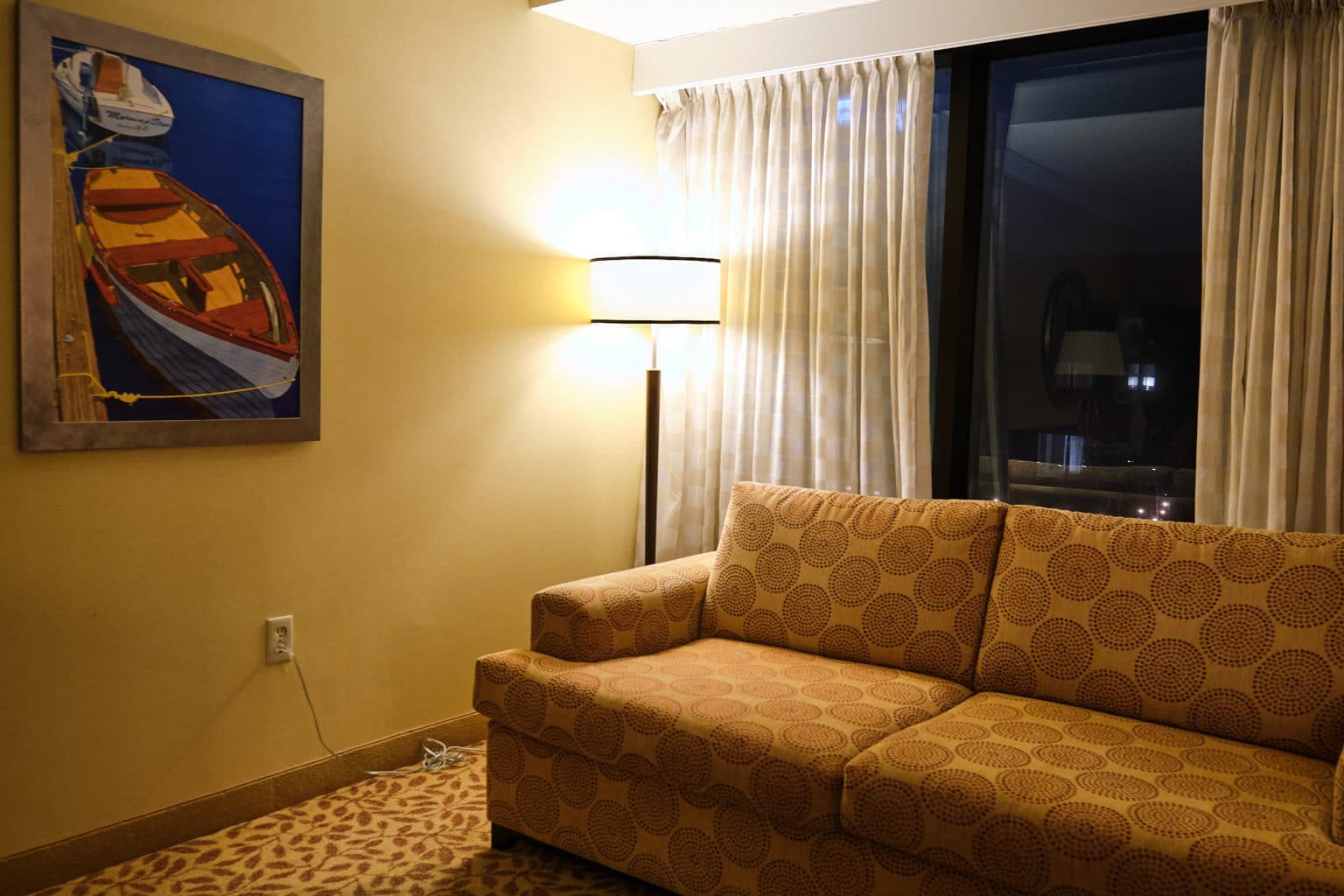
Bathrooms in base rooms are usually shower-only. Suites may have a bathtub or a whirlpool. Most of the time, toiletries come individually packaged most of the time, although there seems to be a trend toward refillable bathroom amenities to reduce waste.
A significant upgrade is the presence of slippers and bathrobes. While they’re sometimes not provided in the room, the staff will bring them up if requested.
Speaking of bringing stuff up, mid-tier properties usually have restaurants and room service. Both are overpriced, but they are lifesavers for late-night meals when there are no better options, such as during overnight transits or late arrivals.

Buffet breakfasts are equally overpriced but are usually very good, especially as elite members get them for free. Some properties offer à la carte options as well.
As for on-site amenities, gyms are better equipped, pools are more common, and there are usually on-demand laundry and pressing. Taking care of your clothing at hotels is obscenely expensive, but it does help to have it handy.

Service is usually run-of-the-mill, but professional and helpful.
I would choose a mid-tier property over an entry-level one if I estimated a high chance of getting a suite upgrade. A suite would translate into a large living space and a better-equipped bathroom. If I plan to have breakfast on-site, that tips the scale even more.
I usually don’t care much about on-site amenities, but if I do, those will be a dealbreaker regardless of cost. For example, I wouldn’t want to be stuck without food at an airport Courtyard, with nowhere to wash and press my suit for an important event the following day.
Is it Worth Going Luxury?
“Affordable” luxury properties is where practical benefits give way to nice-to-have premiums for those who can afford them. Do I really care for a spa or a pool at a downtown hotel? Probably not. Do I care for a somewhat over-the-top breakfast? Not that much.
At the same time, are both of those things good to have on a spontaneous weekend getaway? Absolutely, yes.
To begin with, luxury hotels have bigger rooms. The living space may have a unique interior design and more attention to detail. This is not the case at mid-tier properties that usually look pretty generic.

The toilet and shower are usually separate. In larger rooms, there may even be a large bathtub. Toiletries are supplied by high-quality, premium brands such as Molton Brown or Shanghai Tang. The bathrobes are plushier, too.
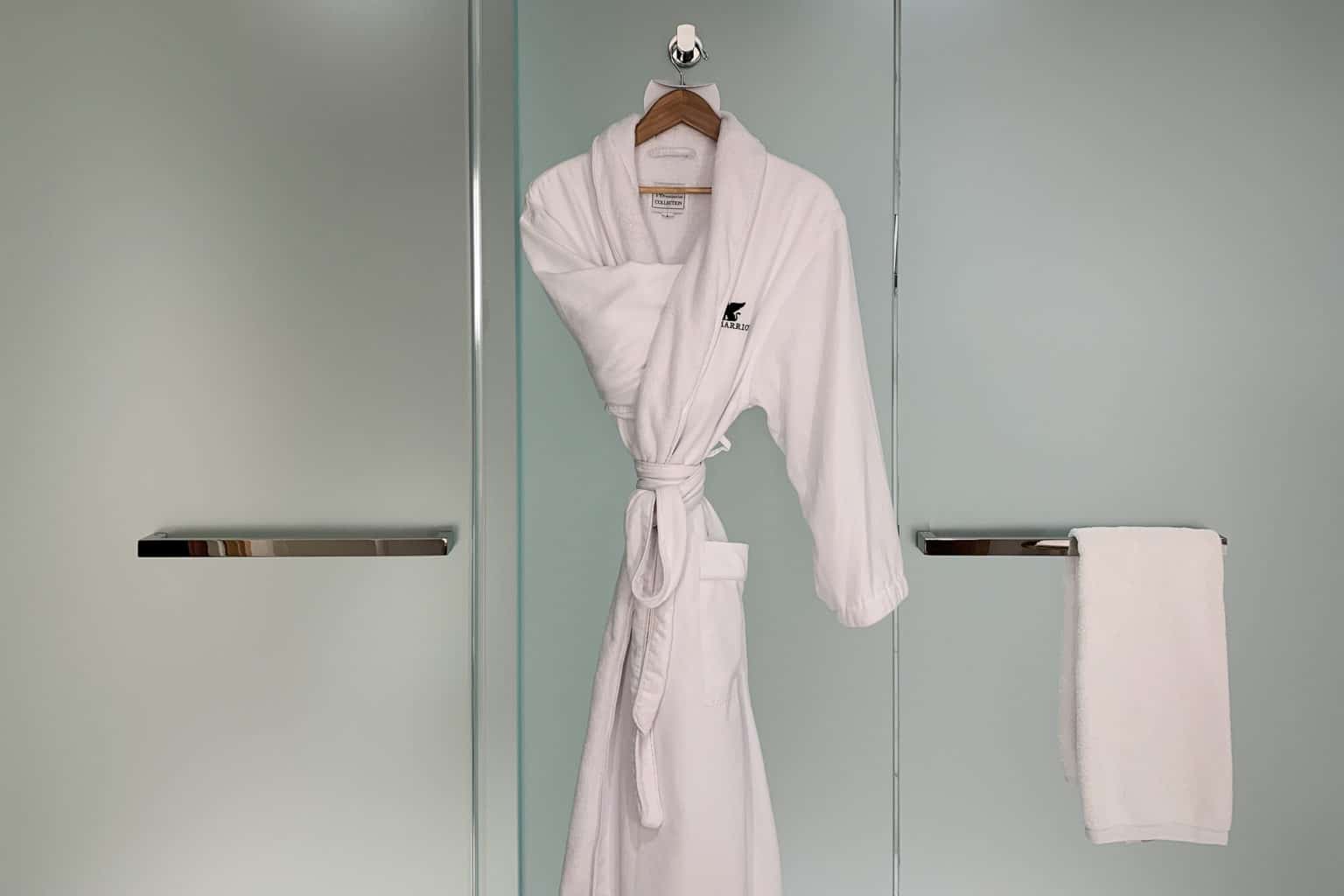
Restaurants and bars at affordable luxury properties are usually nice, but they’re not quite at the fine dining level. Buffet breakfasts may feature premium cheeses and charcuterie alongside the usual omelettes and cereal. Sometimes there are cooking stations, where food is made to order.
Gyms may have more weight stations alongside cardio equipment. Treadmills and bikes may also be of higher quality. Larger properties usually have bigger gyms, and the same holds true for pools.
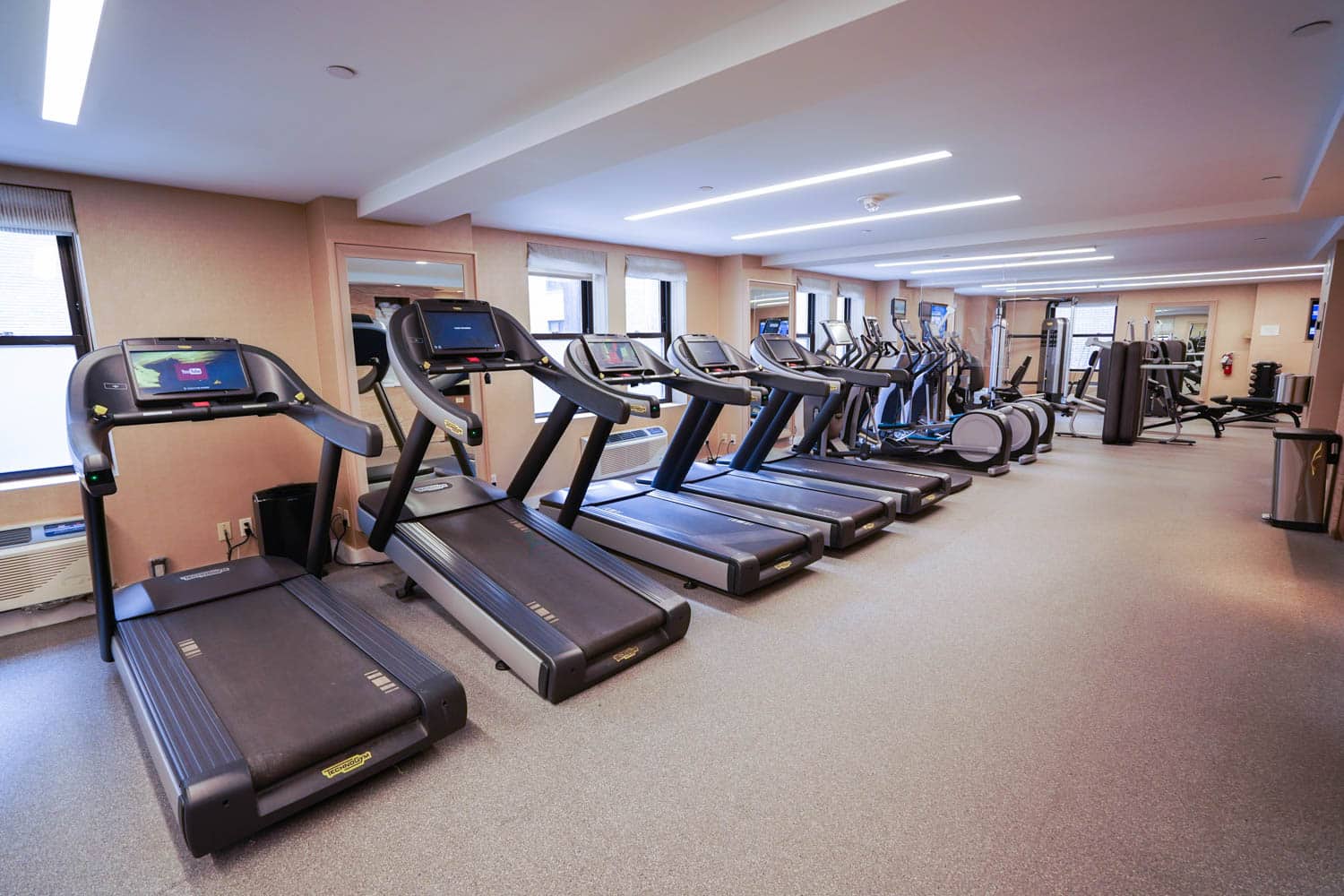
An on-site spa is usually present and quite good, albeit pricey. Personally, I never found enough value in it, but for those who do, it may be worth visiting.
Service at hotels of this level is very professional but not too snobbish. Suite upgrades can be harder to get: most elites are automatically upgraded to a higher category room or a studio at best, and “suite-talking” or suite upgrade instruments may be required to secure the best suites.
Affordable luxury properties are what I usually settle for. They are not as overpriced as St. Regis and the like and at the same time, provide enough value to satisfy my aspirations. I try to choose hotels that have good recommendations — the fact that a hotel calls itself a JW Marriott does not mean it holds up to the JW Marriott standard.
Turning It Up a Notch to Ultra-Luxury
In most cases, ultra-luxury and affordable luxury hotels are not radically different. Both have big rooms, unique interior design, and great breakfasts. In the case of ultra-luxury hotels, everything is just turned up a notch in exchange for a very sizeable premium in cash or points.
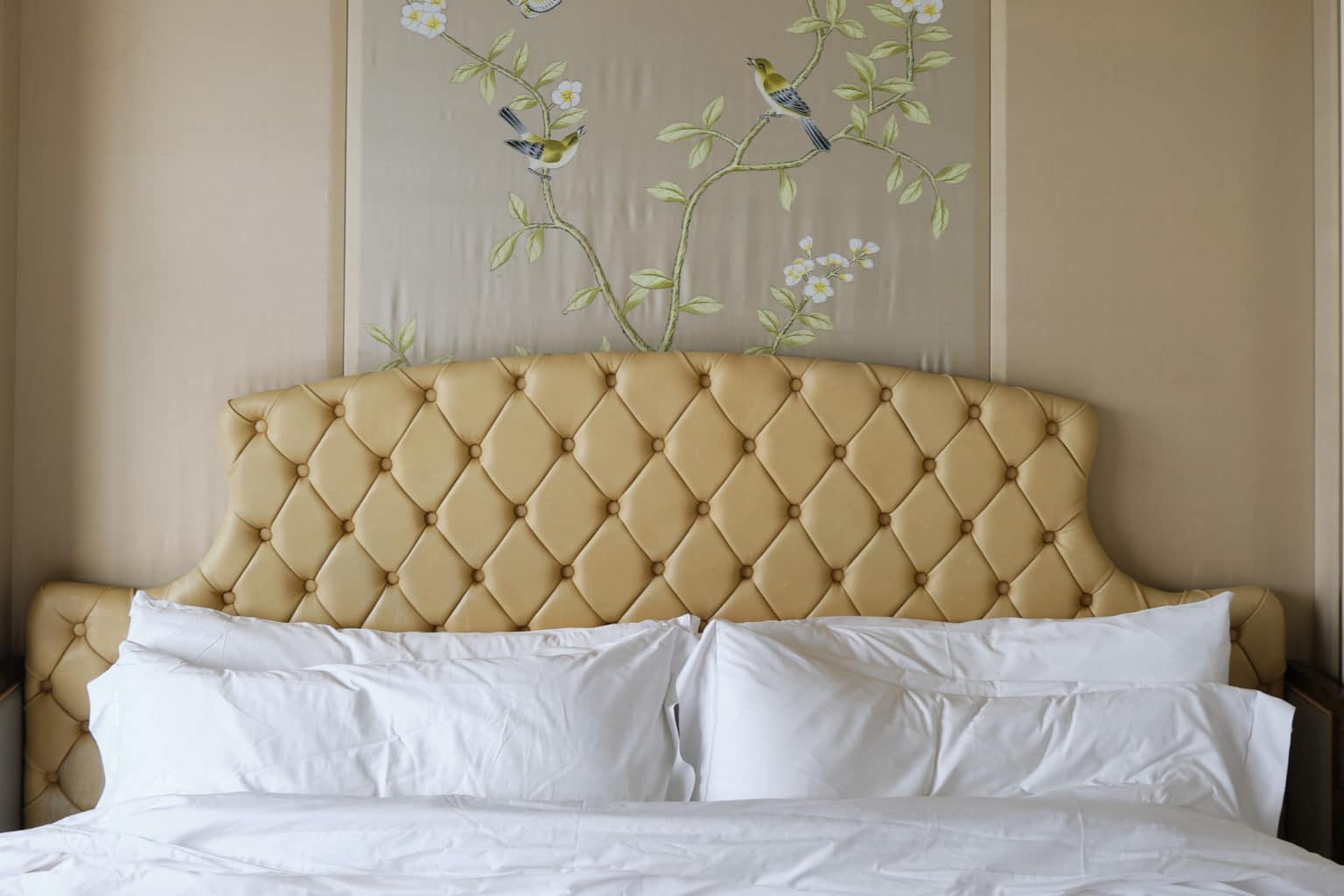
Rooms and common spaces are beautifully decorated with crystal lamps, paintings, fancy bed headboards, and antique furniture.
Bathrooms are large and feature double vanities with marble counters, a proper bathtub, and a separate toilet and shower. Sometimes there may be a bidet. Larger suites may have an additional guest bathroom. Toiletries are expensive, coming from brands like L’Occitane, Penhaligon’s, or Laboratoires Remède.
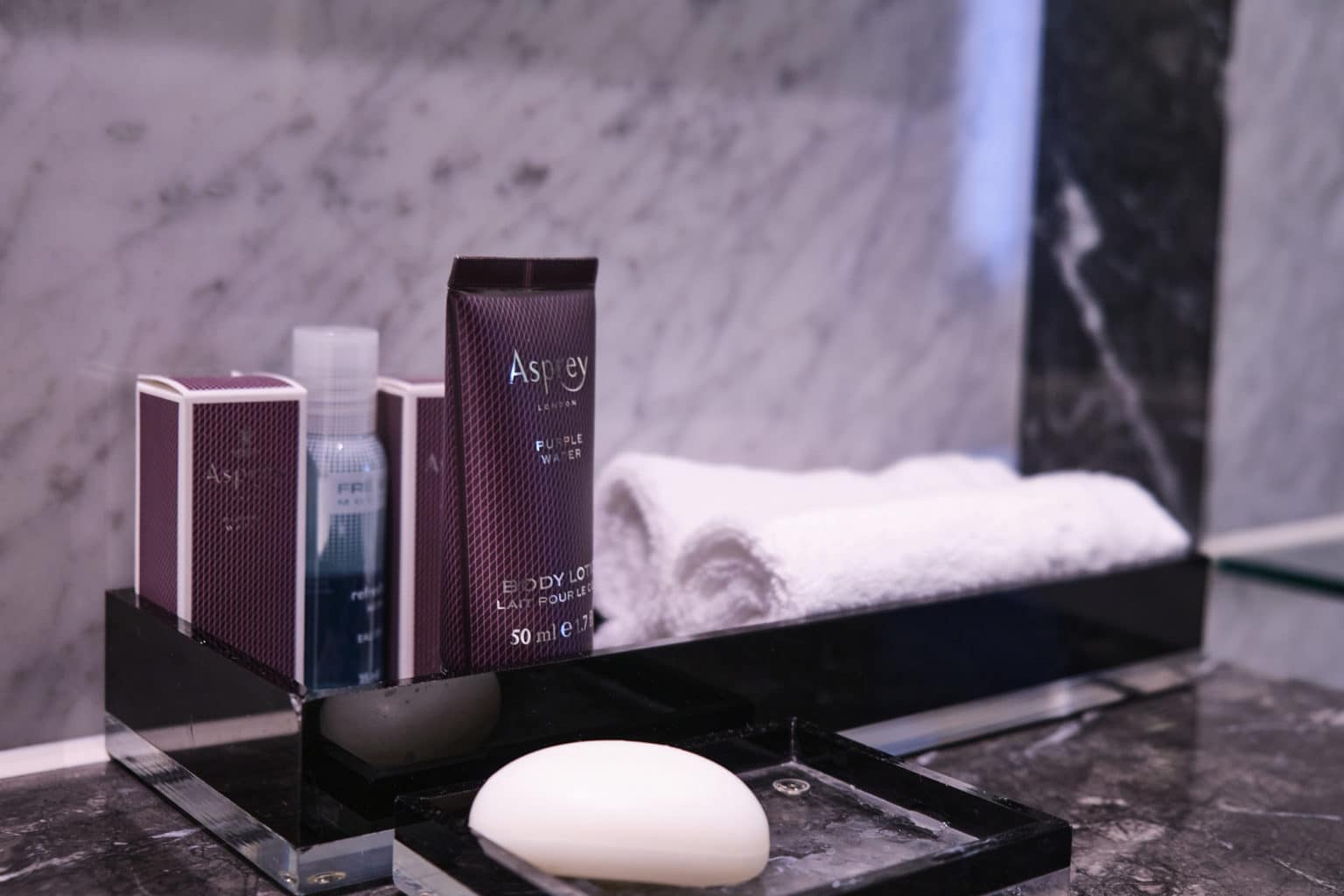
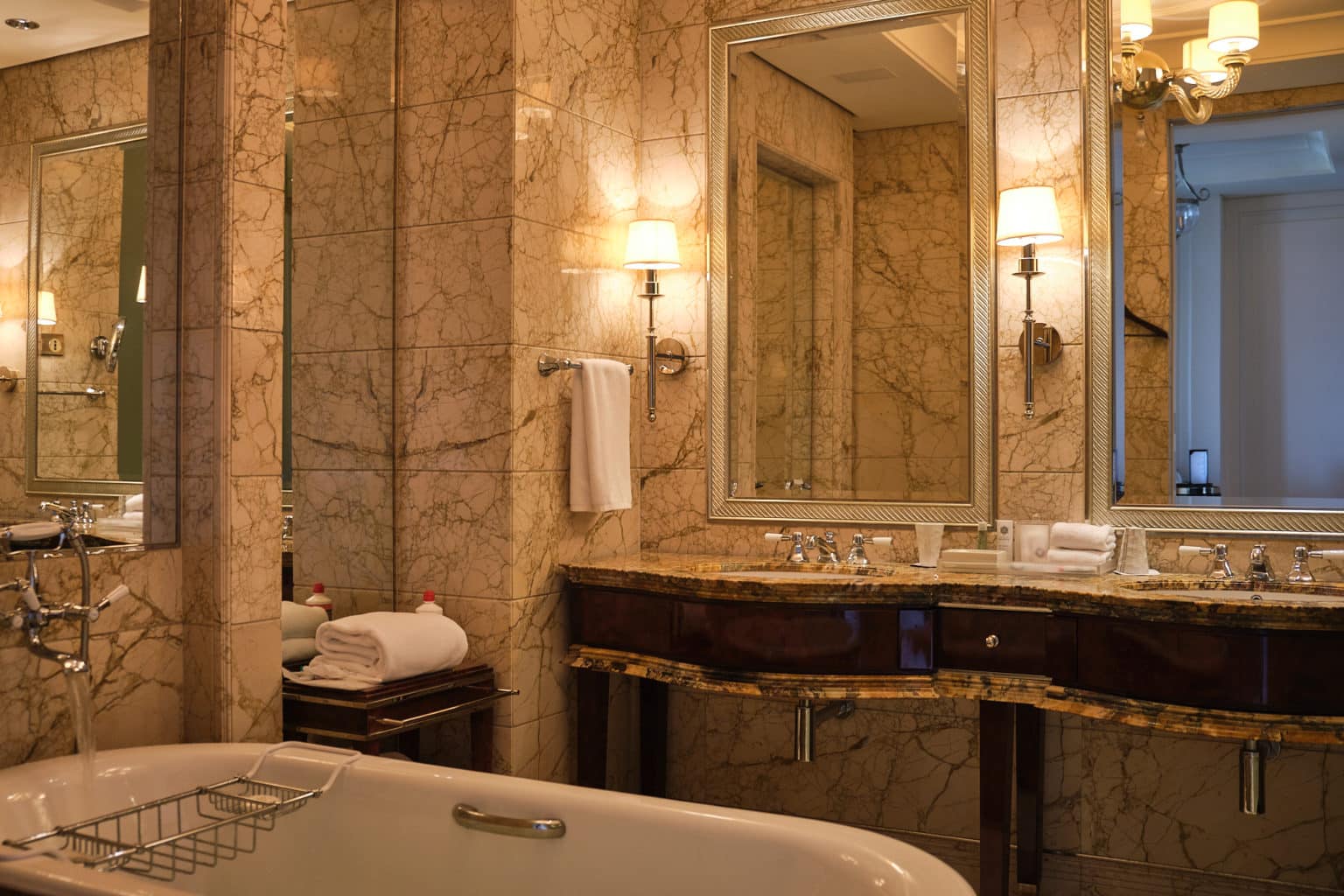
Restaurants are in the fine dining realm and usually require reservations. Breakfasts may have an à la carte menu featuring some local or otherwise unique dishes. Buffets normally have a few live cooking stations.
Gyms, pools, hot tubs, and spas are about the same as at affordable luxury hotels. They may be fancier and more expensive, but there is not much tangible difference.
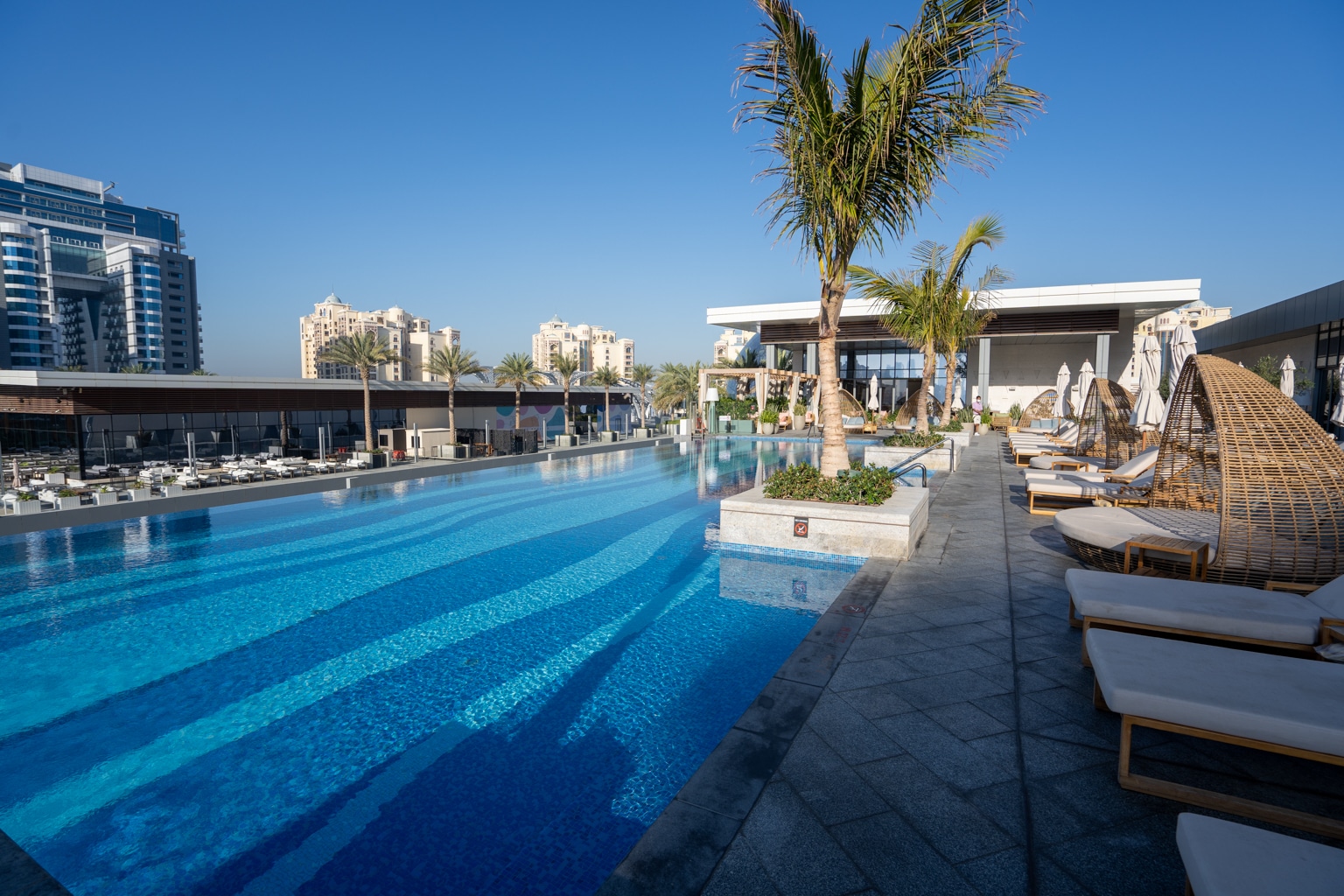
The service may be snobbish at times. Suite upgrades are hard to score, but the property may proactively upgrade guests to larger rooms. Late checkouts can sometimes be an issue, but if the hotel cannot accommodate, guests may try to request compensation.
As an extra “nice-to-have”, almost all ultra-luxury hotels have bell service, which can be very helpful when traveling with lots of luggage.
Personally, I tend to go for ultra-luxury if I only have a couple of days in a city and don’t need to stretch my budget for longer. Alternatively, if the destination is ordinarily inexpensive, such as Bangkok, I don’t mind paying $300–400 for a St. Regis as that’s excellent value for money.
Lastly, ultra-luxury may make economic sense if I book with points for a high value, much like redeeming miles for business class flights instead of economy.
Conclusion
It can be hard to choose between the dozens of hotels available in most major cities around the world.
While seasoned travellers have an intuitive understanding of what’s what, those just getting started with Miles & Points may have expectations that are not in line with reality.
Having a rough outline of tangible differences from hotel to hotel helps keep expectations in check and often saves money on things that you may not necessarily care about, such as fine dining, marble bathrooms, and infinity pools, while helping you pick the right brands if any nice-to-haves are essential to your journey.


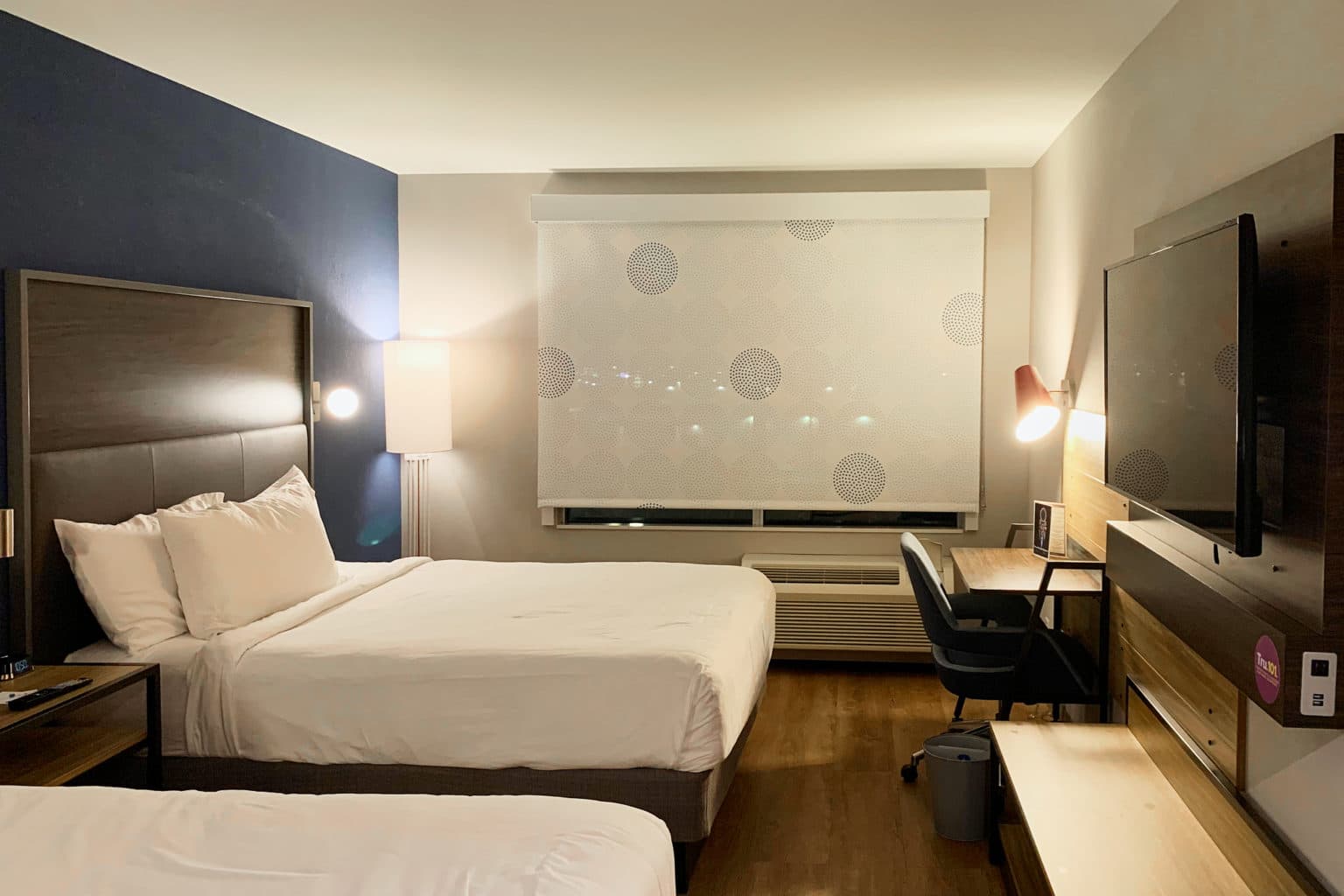













I hate to say it, but this article is very weak…
You miss the big question of which continent you make these bookings. The situation changes dirastically depending on which part of the world you’re at, and what constitutes budget, luxury, etc.
Not to mention, the same brand may be completely night and day in terms of upgrades, treatment, and even quality across the board.
This article definitely needs a revision, as it’s not providing much useful content.
Sorry
100% Totally agreed. A courtyard in North America is totally different from a courtyard in Asia, eg. courtyard Phnom Penn, Cambodia. Should be more precise.
Mostly from seasonality and reports from other people about upgrades.
Very interesting post, Alex.
You write: « I would choose a mid-tier property over an entry-level one if I estimated a high chance of getting a suite upgrade ».
How do you estimate your chances at an upgrade?